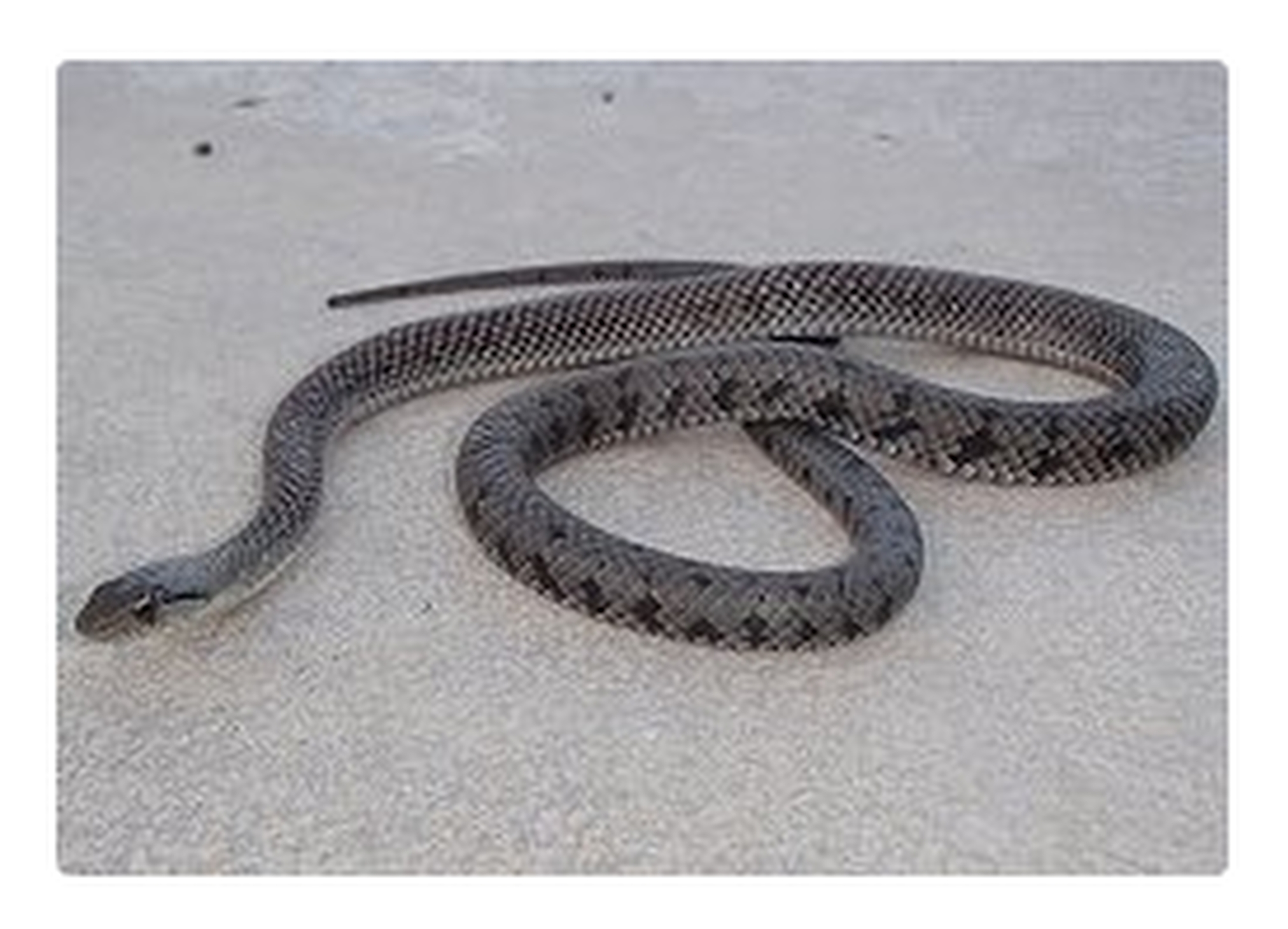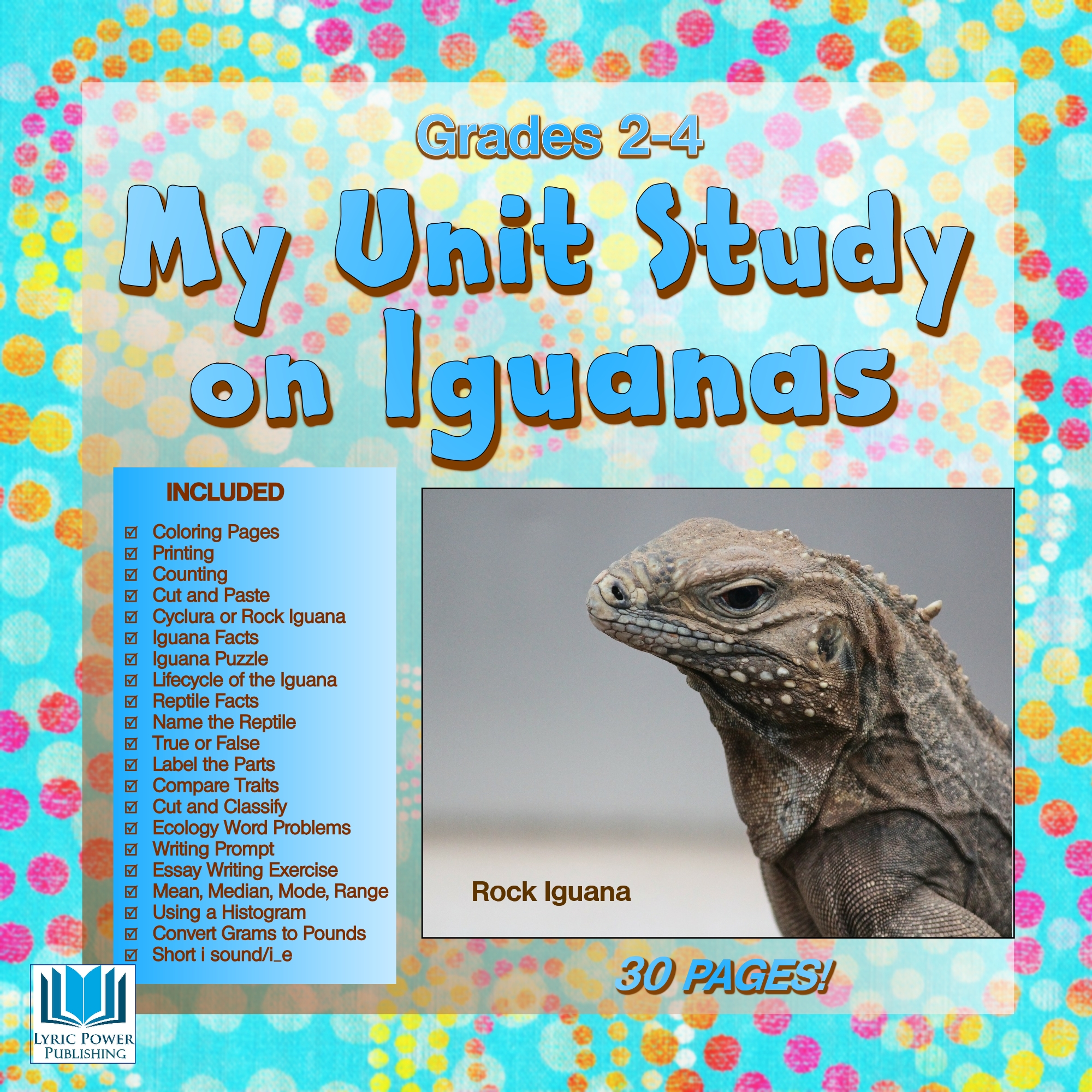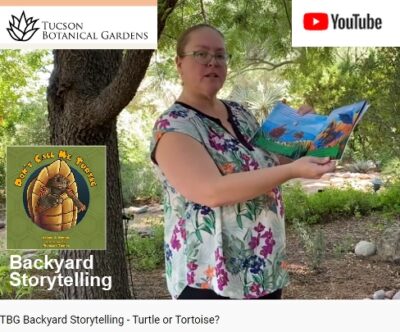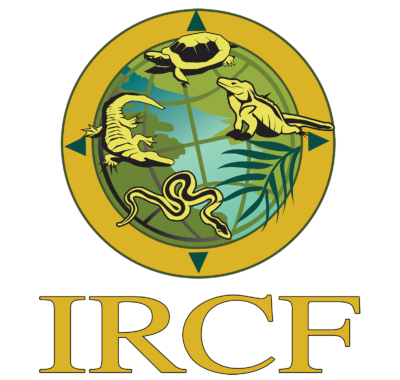Are Racer Snakes Increasing as Invasive Green Iguanas Have? by Elaine A. Powers, Author

I like to write about topics to educate or share an interest of mine. In today’s installment, I want to pose a question, one to which we may never know the answer. As part of native iguana conservation, a great deal of effort is currently spent eradicating invasive green iguanas. Green iguanas have been introduced, either accidentally or intentionally, in many places where they didn’t live. As a result, these lizards become pests, destroying the vegetation, out competing the native animals for resources, and even eliminating species through hybridization.
One such place is the island of Grand Cayman. Grand is the largest of the three islands that make up the country of the Cayman Islands, located south of Cuba in the Caribbean Sea. It is about 76 square miles in size. Green iguanas found Grand to be paradise and soon their population increased to 1.5 million invasive lizards on this island. If you do the math, that comes out to 20,000 green iguanas per square mile! There are only 53,000 people in that same area.
The removal of the iguanas is the topic of other posts here, but a question came up during the discussion of the invasive lizards the other day. On Grand Cayman, there are native predators of iguanas and other lizards, which include the endemic Cayman Racer (Alsophis cantherigerus caymanus). These snakes can grow to over four feet but are usually smaller. Fortunately, these snakes have been shown to enjoy the invasive iguanas in addition to their native lizard prey.
The question that arose is: With the increase in the number of prey lizards, did the population of racers increase as well? And if they did, how will removing the excess invasive iguanas affect the snake population? Unfortunately, racers are killed by people’s pets, their dogs and cats, like many other animals, but maybe the extra green-iguana food helped increased their numbers in spite of this. An interesting question, don’t you think? And what will happen to their populations when the invasives are under control? Will the snake numbers dwindle?
We may never know, but situations like this remind us of the impact we humans have on ecosystems. We introduce indiscriminate predators with our pets, we introduce invasive species that affect ecosystems, and we destroy habitats with our buildings. We need to be aware of what we are doing and pay attention to how we affect the natural homes and environments of the animals that called all of these places home before we did.
Is the cold weather keeping you indoors? Children will enjoy continuing their education by working the activity sheets and coloring pages in our fun, comprehensive and interesting supplemental workbooks, such as these pictured below.

To learn about our latest science-based children’s books and workbooks, to read our latest blog posts about reptiles, birds, cats, and gardening, in a variety of locations, and about how the books come to be, what inspires an author to write, and many more interesting aspects of the publishing business, fill in the box below and we will add you to our email list.
Thank you!






